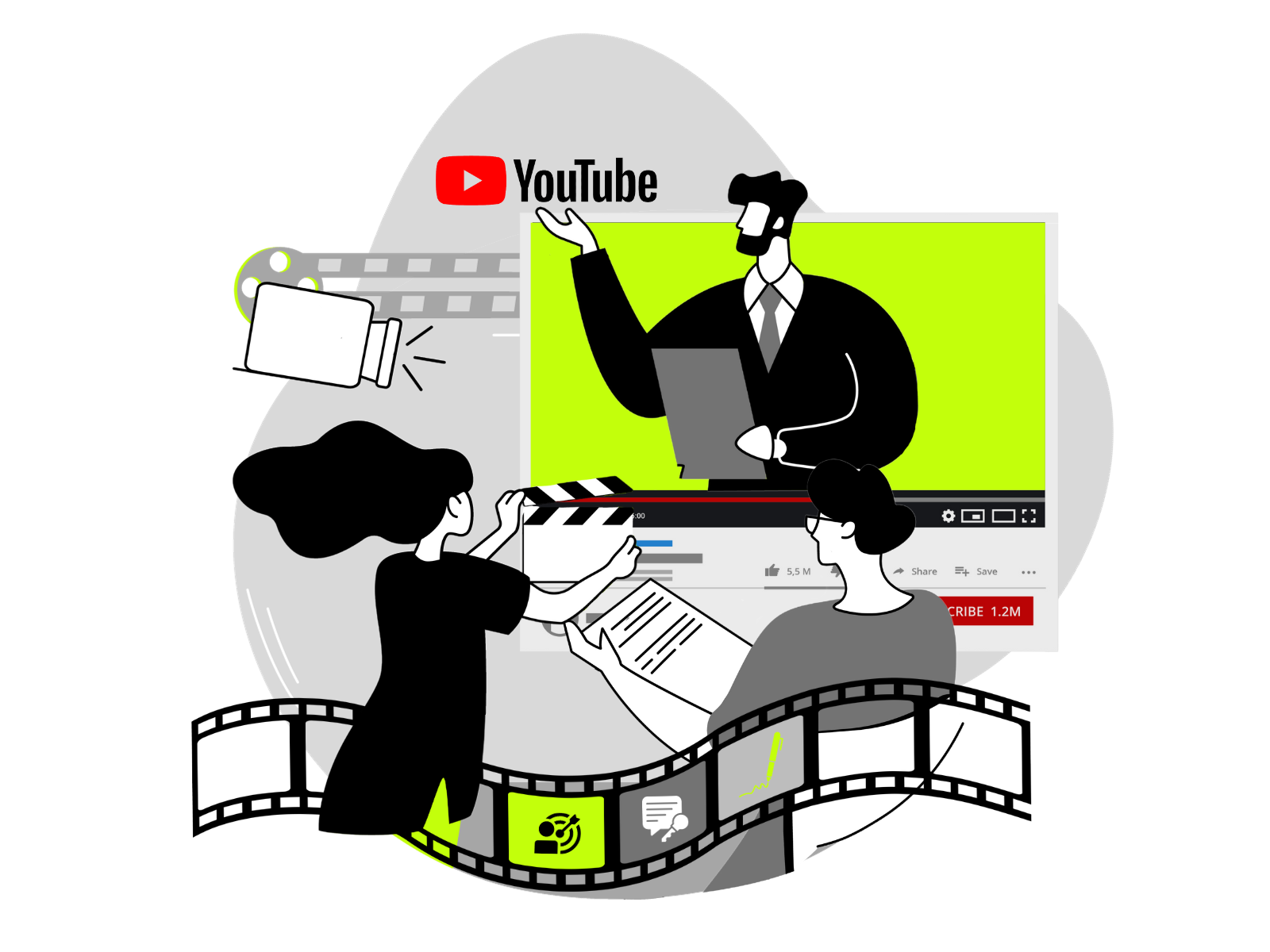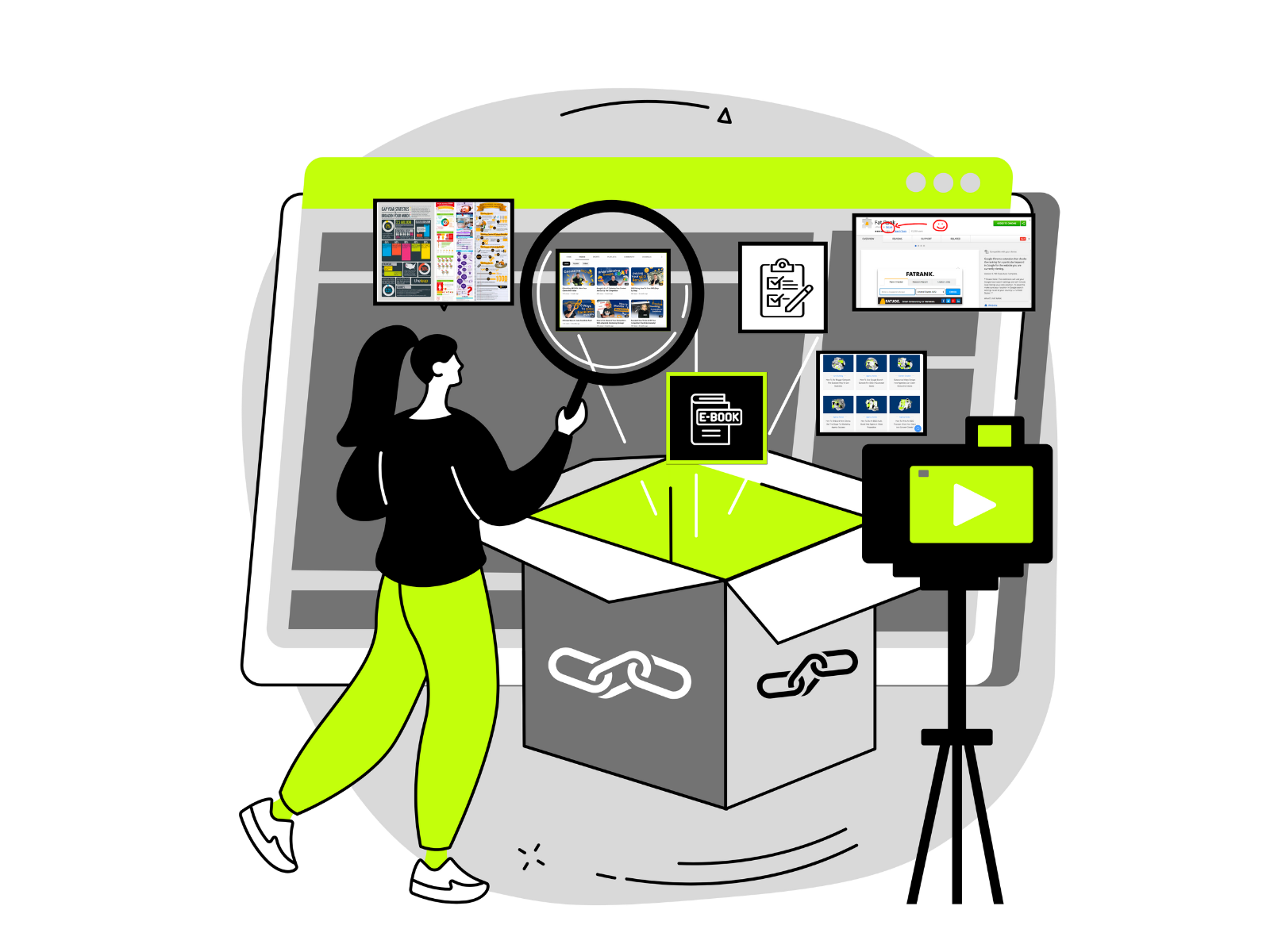How To Come Up With Digital PR Ideas (With Examples)

Mar 07, 2024
- Content Creation, Link Building
- Daniel Trick

Trying to come up with a great digital PR campaign idea can be tough.
You want something that grabs people’s attention, is relevant to your client’s business, and attracts those all-important backlinks.
Knowing where to start isn’t always easy.
The good news?
There are proven strategies and tools that can help you with campaign ideation.
In this guide, we’re going to reveal how to generate ideas for campaigns that get noticed and generate real results.
We’ll cover:
- The importance of ideation for digital PR campaigns
- How to set the stage for creativity
- Strategies to come up with digital PR ideas
- Tools for digital PR ideation
- How to evaluate ideas
Why Is Digital PR Ideation Important?
Even the most well-executed campaign will fall flat if the central idea isn’t interesting.
The success of everything from your content to how you reach out to journalists depends on having a good idea at the start.
You need an idea that resonates with your audience – something people want to share and talk about.
But coming up with winning ideas is one of the hardest parts of a digital public relations strategy.
I’m always hearing how ideas are easy or cheap (“execution is everything”, right?). But my experience says otherwise – many people find idea generation hard. Even designers. This poll of digital PR people tells the same story.
Don’t underestimate the work and skill of ideation. pic.twitter.com/TNOCC6NmN6
— JOEL 👁 (@joelstein) June 28, 2022
However, you can speed up the ideation process with the right approach.
Setting The Stage For Creativity
Before you start brainstorming ideas, you need to establish a foundation for your campaign. There are a couple of factors that you should always consider when coming up with ideas.
Your Target Audience
You can’t create a public relations campaign that resonates if you don’t know who you’re making it for.
Knowing your target audience helps you keep your ideas focused and relevant. You can make sure your ideas match your target audience’s interests and needs. This makes your content more relevant and effective.
If you’ve worked with your client on previous campaigns, you should already know their customer base. Think about their customer demographics, interests, and behaviors.
Tools like Google Analytics can give you a ton of insight here. You can see who interacts with your client’s website and their interests.

You can also use social media to gain insights into your target audience. Most platforms offer insights into who follows you, who engages with your content, and what other interests they might have.
Goal Setting
Setting clear goals gives direction to your ideation.
You should have a clear idea of what you want to achieve. It could be increasing brand awareness, establishing thought leadership, or creating buzz around a new product or service.
Your campaign objectives should align with your client’s business goals and marketing strategy.
For example, if your client is all about sustainability, your digital marketing strategy and PR campaign should reflect that. This strengthens their brand identity.
I’ve just read a Digital PR piece where even the journalist raised the question of why that company had done that particular research in the article.
If the content looks out of place on your client’s social media or newsletter, you haven’t created content for your client.
— Brandon (@BrandonEgley) September 25, 2020
How To Come Up With Digital PR Campaigns
Here are the strategies you can use to develop killer ideas for your digital PR strategy.
Structured Brainstorming
Structured brainstorming is about establishing a framework before you start the ideation process. It provides a more structured environment to get ideas flowing.
The loudest or most authoritative voice often dominates in an open brainstorming session. That can lead to great ideas from less senior or quieter team members being overlooked.
A structured brainstorming session has rules about taking turns to make sure everyone is heard. You can even go a step further and encourage anonymous idea submissions.
🚨DIGITAL PR TIP🚨
If you have worked on a client for a long time, when planning your next ideation session/ brainstorm why don’t you let one of your colleagues lead it?
This may generate fresher ideas, as you will have a fresh pair of eyes looking at it 😀
— David White (@david_white90) February 28, 2022
Before you start, establish the guidelines for the session. That should include how long the session will last, how ideas should be submitted, and the techniques you’ll use. You could use a round-robin sharing format, sticky notes, or brainwriting.
Make sure everyone gets a chance to contribute. Encourage the group to build on each other’s ideas and collaborate.
At the end of the session, review all the ideas. You can group similar ideas and look for ways they can be combined.
James Clear, author of the best-seller Atomic Habits, has an innovative approach to brainstorming sessions that you could adopt for your sessions.
How to generate great ideas as a team:
1) Brainstorm privately. Any idea goes. Avoids groupthink.
2) Compile ideas, but hide the sources. Avoids “highest paid person” winning.
3) Discuss as a group to find the best answer.
4) Reveal the winner so the right person gets credit.
— James Clear (@JamesClear) May 15, 2020
Digging Into Data For Campaign Ideas
Data can be super helpful when looking for inspiration for your next campaign. There are a lot of different sources you can use to get insights and guide your creativity.
Social Media Trends
Social media platforms provide a ton of data on what your audience cares about and what is currently trending.
You can discover trending topics, hashtags, and types of content that generate high engagement. For example, TikTok provides a detailed analytics breakdown to guide advertisers and creators.
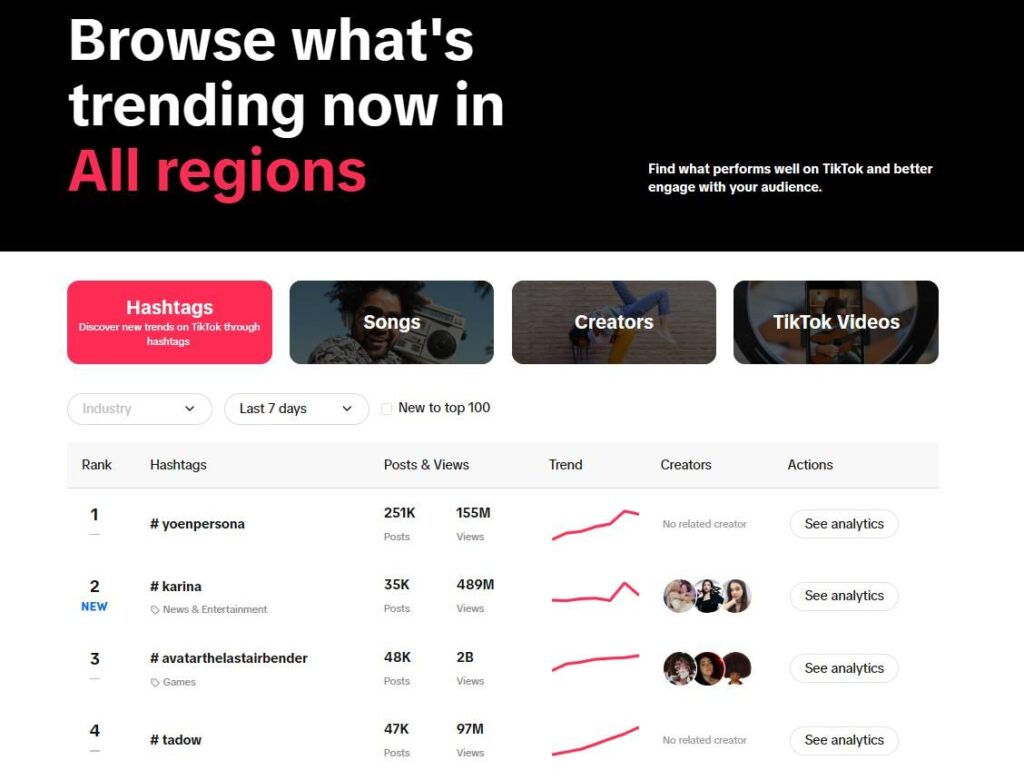
Analyzing this data can reveal patterns and interests your digital PR campaigns can tap into.
Keyword Research
Keyword research tools like Ahrefs and Semrush can provide detailed insights into topics and search terms related to your client’s business.
You can use SEO metrics like organic search volume to see what topics are hot and what questions people need answers to. These insights can guide your content creation and help you focus your digital PR efforts on topics your audience is interested in.
Competitor Data
Keep an eye on what your competitors are doing with their content marketing and digital PR campaigns. You can use SEO and social media marketing tools to see what’s working for them.
It’s not about copying your competitors. The goal is to see what works well in the industry and discover gaps you can fill with your campaign.
Listening To Your Audience
There are a bunch of tools out there that can help you track and listen to conversations online. Social listening tools like Brandwatch can give you real-time insights into what people are saying about your client and their industry.
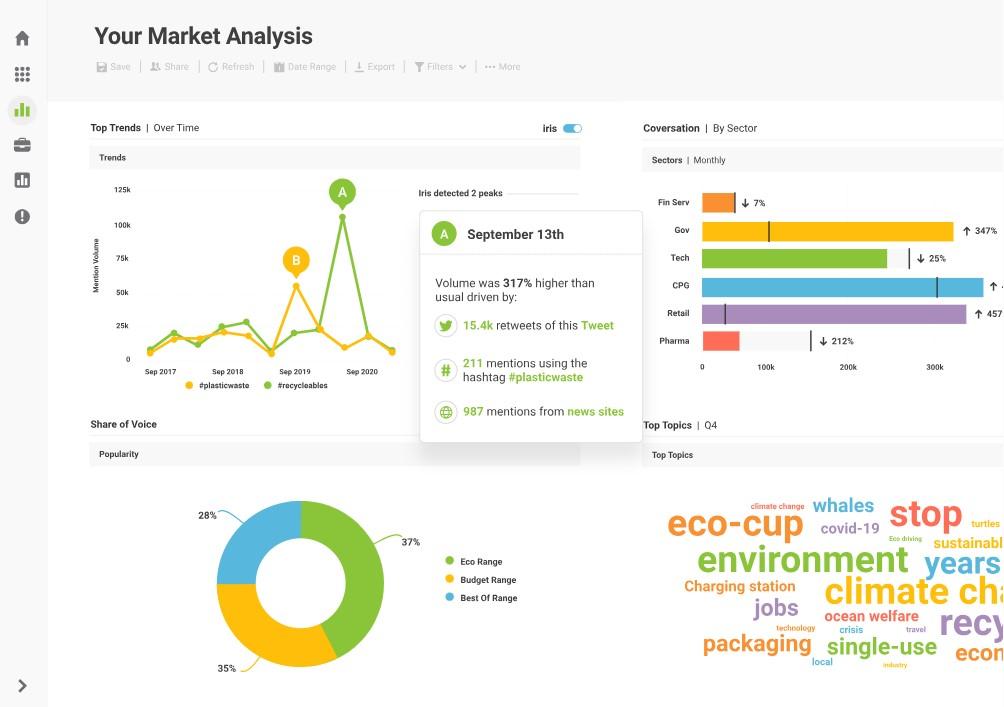
This can be a great way to tap into relevant trending topics and discover what your audience cares about.
Industry Reports, Studies, And Surveys
You can find a ton of data out there that has already been compiled.
Look for industry reports and market studies that are relevant to your client. These can provide an overview of trends and challenges you can address in your campaign.
Data companies like YouGov and Statista can also be a goldmine of information that you can use to inspire your campaign.
Some of the best digital PR campaigns rely on third-party data. For example, the outdoor home services platform LawnStarter used third-party data to create a detailed breakdown of the best BBQ cities in America.
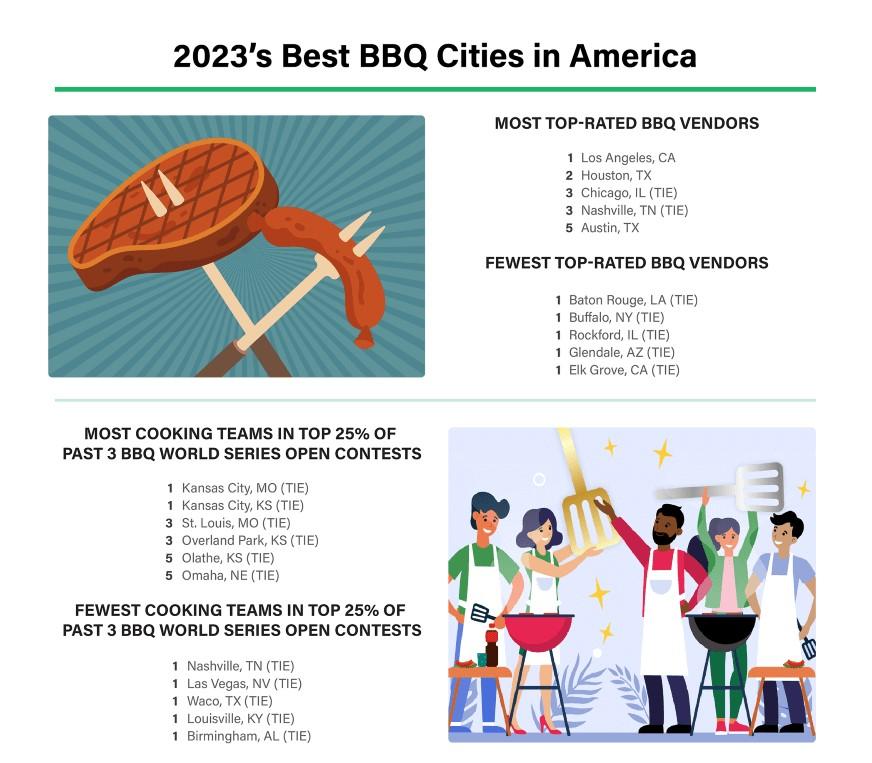
Collaboration And Co-Creation
Collaboration can be a great way to come up with something unique. You can team up with influencers, experts, and your customer base to create content and develop ideas.
Partnering With Influencers
Influencers are content creators. They know how to make content people want to see and engage with.
We’re not talking about a standard sponsored post here. Bring the influencer into the brainstorming process and come up with ideas together.
Collaborating with an influencer can also expand the reach of your campaign.
Co-Creating With Industry Experts
Collaborating with experts and thought leaders can lend credibility to your content. You could co-create a webinar, study, or a series of blog posts.
Industry experts often have their own following. Co-creating a campaign can expand your reach and increase your brand’s visibility.
For example, Semrush often works with industry experts. In the example below, they enlisted Brian Dean to co-create a blog post and video.

Engaging With Your Community
Your audience can play a key role in creating digital PR strategies and content.
For example, many brands use surveys and polls to gather insights into their target audience’s preferences and opinions. You can use this data to inform topic selection for your campaign or create some original research.
You can also host contests or challenges and encourage your audience to participate. This can be a great way to get user-generated content (UGC) for your campaigns.
Best Tools For Digital PR Ideation
Having the right tools can make a big difference in digital PR ideation.
You can use tools to uncover insights, organize your thoughts, and spark creativity.
Google Trends
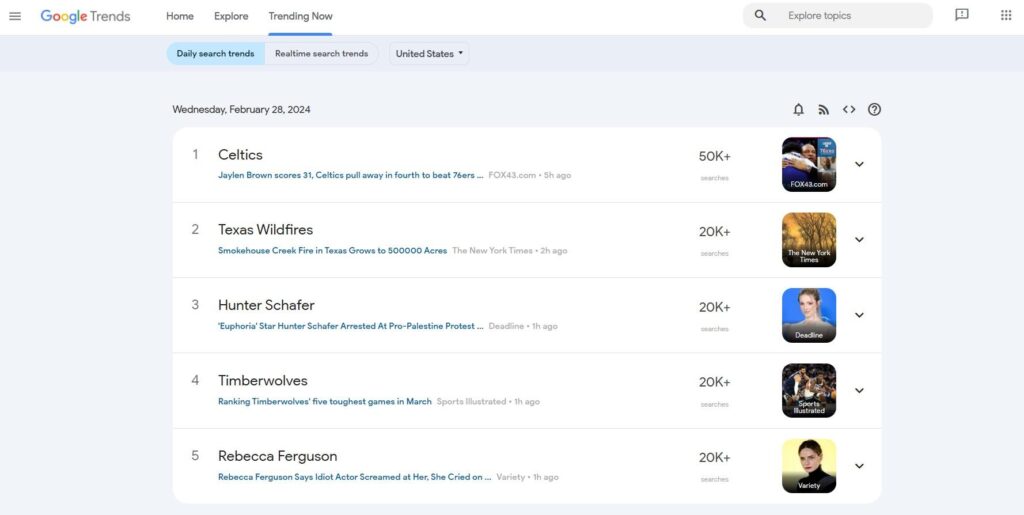
Google Trends is a free tool that is super useful for spotting topics you can cover in your campaign.
You can use the Trending Now tab to see what’s popular right now. This can be great for reactive PR. You can create newsjacking content and generate some quick wins.
The tool also shows you search trends over time and a breakdown of the interest by region.
Google Trends should be your go-to for discovering timely topics that could be the focus of your campaign.
BuzzSumo
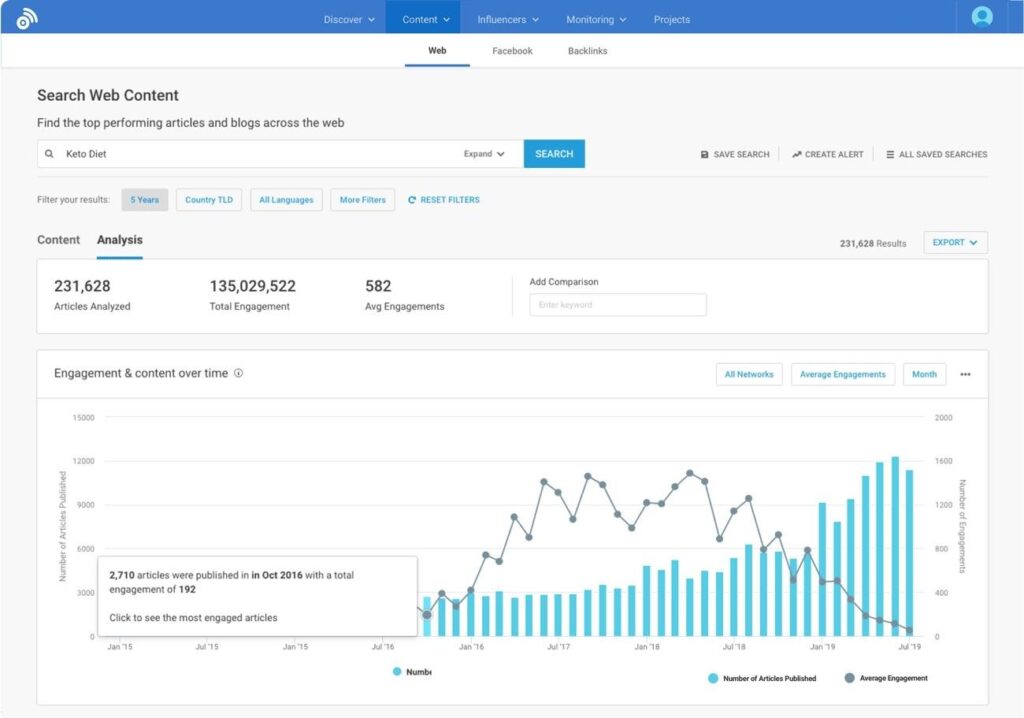
BuzzSumo is one of the best tools for content and influencer research. You can see what content is most shared across social and media outlets and who the top influencers are for specific topics.
This can inspire content ideas and help you identify potential collaboration and co-creation opportunities.
AnswerThePublic
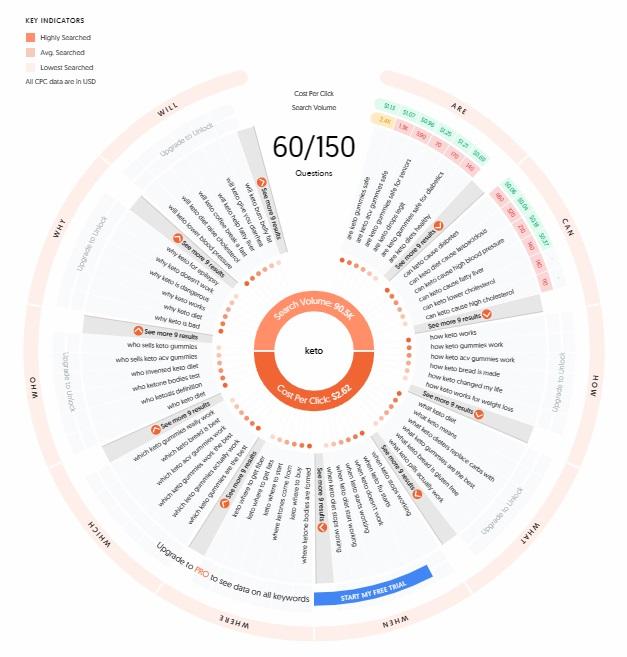
AnswerThePublic is a useful tool that visualizes search data to give you insights into questions and queries people are typing into search engines.
Simply input a relevant keyword, and the tool will generate a web of related questions, prepositions, and comparisons.
You can use AnswerThePublic to dive deep into topics and discover opportunities for content and digital PR campaigns.
Semrush

We’ve chosen Semrush for our list, but you could also use Ahrefs or another SEO tool.
These tools are excellent for topic research and competitive analysis. They offer a ton of data on keyword metrics, backlink analysis, and more.
You can discover which terms your audience is searching for and the popularity of different topics. The backlink analysis feature can show you which content generates the most links for your competitors.
Miro

Miro allows you to create mind maps or visual boards to organize your ideas. It’s perfect for brainstorming sessions.
Everyone can contribute their ideas and collaborate in real-time – no matter where they are. You can visually connect different concepts and see how they relate to each other. It also allows you to easily add files, data, and documents to different elements on your board.
Feedly

Feedly is a powerful tool for digital PR. It aggregates content from around the web into a single feed.
You can organize your sources into categories and personalize your feed. It helps you keep up with relevant developments that could inspire your next campaign.
Evaluating Your Ideas
Once you’ve come up with a list of ideas, the next step is to work out which are worth pursuing. Here’s what you need to consider:
Alignment With Goals
Make sure the idea will serve the objectives you established before you started brainstorming.
Does the idea align with your client’s goals?
If your main aim is to increase brand awareness, an idea more suited to direct sales might not be the best fit.
Consider Your Audience
Would the idea resonate with your target audience?
You need to remember who you’re trying to reach and what kind of content they value.
If your idea doesn’t quite fit with your audience’s interests, rethink it. You might be able to rework the idea to be more relevant.
And if it’s not a good fit for a particular client, save it in your idea bank. It might work well for a different client in the future.
Feasibility
There are three things that you need to consider here:
- Budget
- Resources
- Timeline
Be realistic about what you can achieve and focus on achievable ideas.
Potential Impact
Try to estimate how much of a difference this idea could make towards your goals. Does it have the potential to significantly improve your client’s visibility?
You may find the idea would be more suited to earning local coverage and brand mentions for a smaller client. If that’s the case, save it in your idea bank.
Unique Value Proposition
Are you creating something unique?
Do some research to see if your idea is similar to successful campaigns other brands have already done. If someone has already executed a very similar campaign, you might struggle to make an impact.
Look for ways you can add value with a unique angle or approach.
Crafting Impactful Digital PR Campaigns For Your Clients
Coming up with ideas for digital PR campaigns can be challenging. But with the right strategies and tools, you can streamline the process.
It’s about discovering what your audience cares about, using data to inspire and validate your ideas, and making informed choices.
That’s how you maximize the impact of your campaigns and deliver digital PR services that get results for your clients.
Explore more Articles
Become a Pro at SEO
Join 65,000 others and learn the secrets to SEO success with our weekly blog posts.




